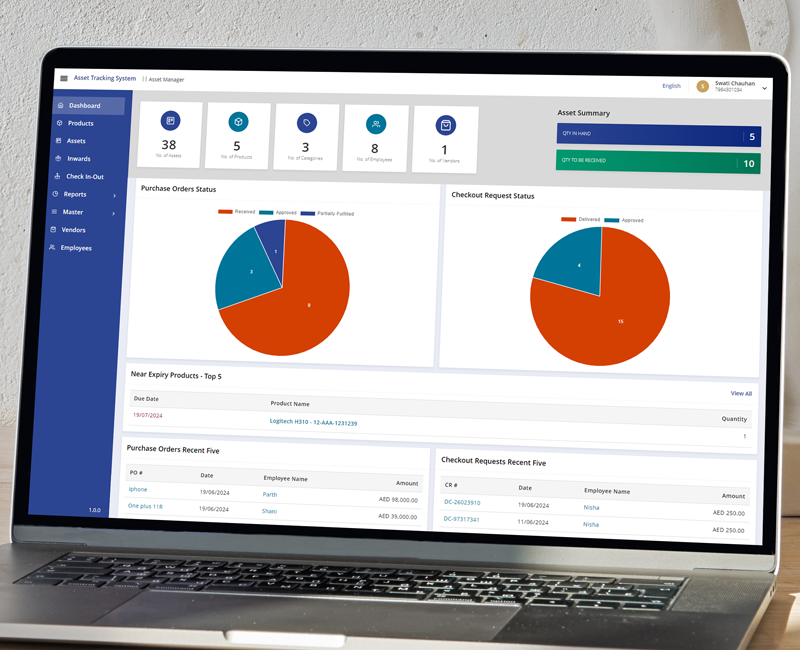What is the Internet Of Things?
According to Wikipedia, “The Internet of Things (IoT) refers to uniquely identifiable objects and their virtual representations in an Internet-like structure. The term Internet of Things was proposed by Kevin Ashton in 1999 though the concept has been discussed since at least 1991. The concept of the Internet of Things first became popular through the Auto-ID Centre at MIT and related market analysis publications.
Radio-frequency identification (RFID) was seen as a prerequisite for the Internet of Things in the early days. If all objects and people in daily life were equipped with identifiers, they could be managed and inventoried by computers. Besides using RFID, the tagging of things may be achieved through such technologies as near field communication, barcodes, QR codes and digital watermarking.”
Across the industry, this term is becoming very popular. The main concern is on the way it will eventually change the functioning of the business. There will be almost 75 billion connected devices by 2020 according to Morgan Stanley. The real reason behind the buzz of this topic is the result we can get out of its use. Connectivity of things can bring lots of benefits for business.
It can bring lots of critical data for the business in an informative manner. From the cost optimization to making the business efficient is possible with the help of this. The research study from Forrester Research claims that 53 % of the global enterprises are aiming to implement IoT during the upcoming 24 months. Revenue generating possibilities, operational efficiency, and more business information is possible through IoT.
A small sensor attached to an item can collect and send the data to the central server. This data can be saved in the cloud. This data can be used in many ways to make the business effective. Retail, manufacturing, and transportation are the main industries that are going to benefit from IoT. Also, the smart home concept is largely built around IoT. The best part of IoT is its potential for scalability. The size of its functionality can be increased or decreased as per the requirement of the business. The simplicity of its implementation is its most important benefit.
Want to know more Click here and know more.













